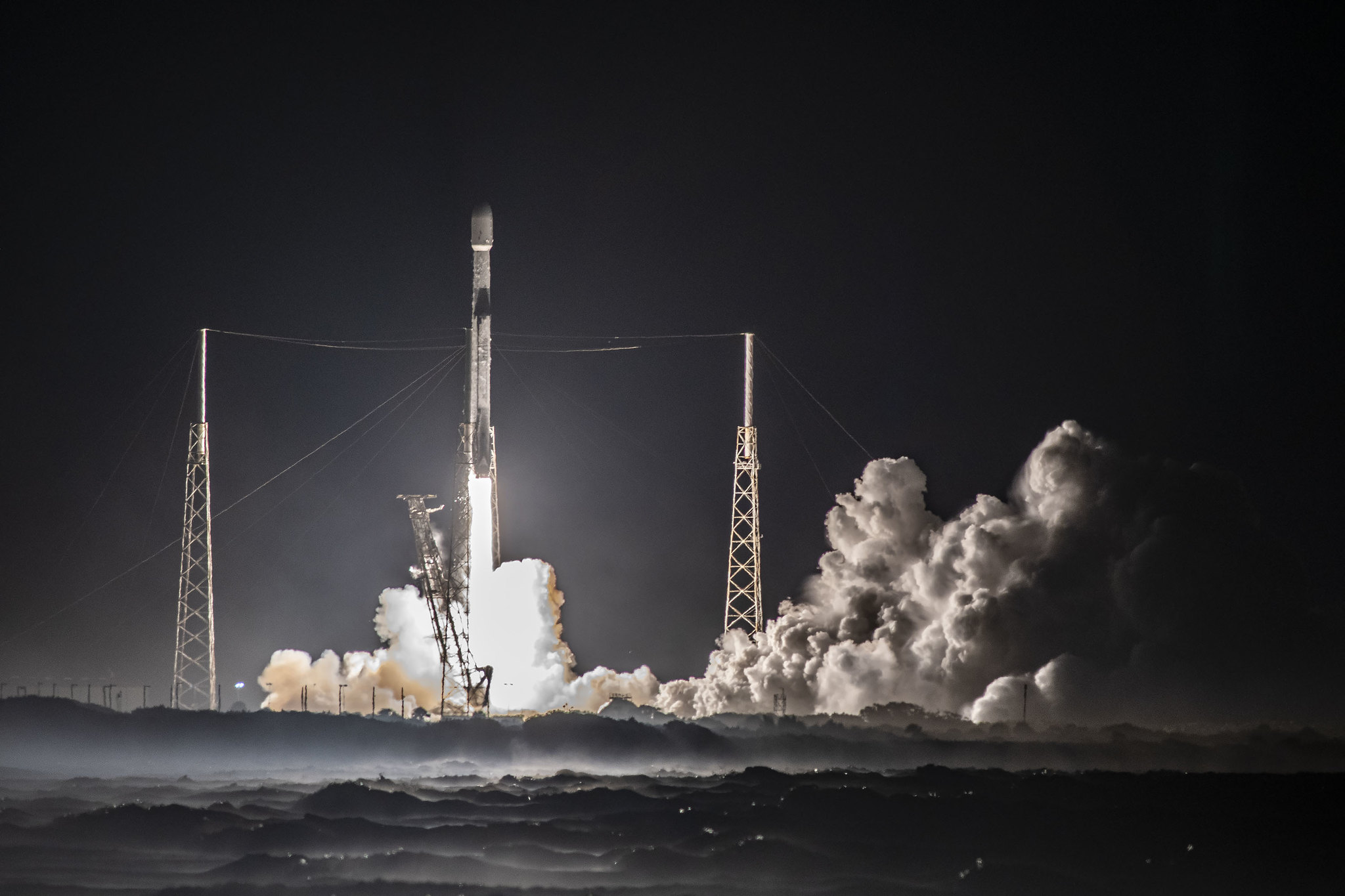
SpaceX is expanding its satellite-internet business.
SpaceX already beams broadband service to customers around the world via its huge and ever-growing Starlink constellation. Over the weekend, Elon Musk's company revealed that Starlink now has a partner project called Starshield, which is tailored for use by government agencies, particularly those in the national security sector.
"Starshield leverages SpaceX's Starlink technology and launch capability to support national security efforts," SpaceX's newly posted Starshield page reads.
"While Starlink is designed for consumer and commercial use, Starshield is designed for government use, with an initial focus on three areas," the page adds. Those areas are Earth observation, communications and hosted payloads (the ability to put a wide variety of instruments on the Starshield satellite bus).
Related: SpaceX's Starlink megaconstellation launches in photos
Starshield will offer a higher level of security than Starlink, featuring "additional high-assurance cryptographic capability to host classified payloads and process data securely, meeting the most demanding government requirements," according to SpaceX's Starshield page.
Starshield spacecraft will also be interoperable with other satellites that are equipped with the laser-communications terminal that Starlink craft use, the page adds.
Get the Space.com Newsletter
Breaking space news, the latest updates on rocket launches, skywatching events and more!
That's pretty much all we know about Starshield; the page doesn't provide many other details about the new project.
We know much more, of course, about Starlink. The megaconstellation consists of more than 3,200 active satellites and will grow considerably larger in the months and years to come.
SpaceX already has permission from the U.S. Federal Communications Commission (FCC) to deploy 12,000 first-generation Starlink craft, the type that's now operating in low Earth orbit.
The company has applied for approval to loft nearly 30,000 Starlink 2.0 satellites on top of that. These new spacecraft, which SpaceX plans to launch primarily using its next-generation Starship rocket, will be much bigger and more powerful than their predecessors. For instance, Starlink 2.0 satellites will be capable of beaming service directly to cellphones, something that SpaceX plans to start doing next year.
Last week, the FCC granted SpaceX permission to deploy just 7,500 Starlink 2.0 craft, citing concerns about space debris and space traffic. The agency is reserving judgment on the rest of the application.
Mike Wall is the author of "Out There" (Grand Central Publishing, 2018; illustrated by Karl Tate), a book about the search for alien life. Follow him on Twitter @michaeldwall. Follow us on Twitter @Spacedotcom or on Facebook.
Join our Space Forums to keep talking space on the latest missions, night sky and more! And if you have a news tip, correction or comment, let us know at: community@space.com.

Michael Wall is a Senior Space Writer with Space.com and joined the team in 2010. He primarily covers exoplanets, spaceflight and military space, but has been known to dabble in the space art beat. His book about the search for alien life, "Out There," was published on Nov. 13, 2018. Before becoming a science writer, Michael worked as a herpetologist and wildlife biologist. He has a Ph.D. in evolutionary biology from the University of Sydney, Australia, a bachelor's degree from the University of Arizona, and a graduate certificate in science writing from the University of California, Santa Cruz. To find out what his latest project is, you can follow Michael on Twitter.









